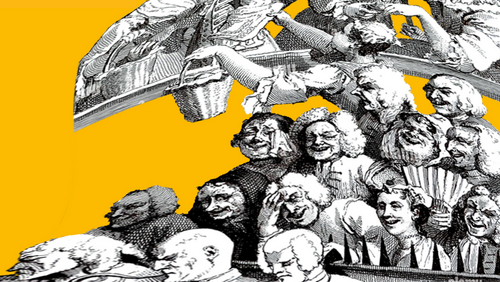Who takes sick days and who instead resorts to alternative solutions such as flexible working in terms of time and location or support from the social environment: these are some of the questions to which answers are being sought. The project is being funded with around € 276,000 by the Ministry of Science and Culture and the Volkswagen Foundation as part of zukunft.niedersachsen.
Background: According to DAK figures, the average working person in Germany was absent 20 days a year due to illness in 2024. In addition to their own illness, a common reason for parents not being able to work is the lack of care for a sick child. Legally, parents of children up to the age of 12 are entitled to children's sick days, which are either covered by continued payment of wages by the employer or wage replacement benefits from the health insurance fund. However, the primary responsibility often lies with mothers. To what extent and for what reasons parents switch to alternative care solutions is also impossible to answer empirically, as no data is available to date. This results in a research gap that the researchers want to close, as the care of sick children is a particularly revealing aspect, especially with regard to the compatibility of family and career.
"We want to understand how parents resolve care in the event of illness and which factors influence these decisions," explains project leader and Osnabrück sociologist Prof. Dr. Katrin Golsch. "An important aspect here is the extent to which working flexibly in terms of time and place represents alternative care options." Thanks to the general ability to work, it is possible, for example, to care for a sick child by working from home without having to take traditional (children's) sick leave. Autonomous working hours may also offer the opportunity to organize care more flexibly. It is also conceivable that parents will fall back on their support network in the event of a child's illness. "The support network is an important resource, as the physical proximity of parents or grandparents can make it possible to provide care without having to give up work. In this context, friendship networks can also potentially play a role."
"In addition to the parents' perspective, it is also important for us to include the viewpoint of HR managers," adds Dr. Ayhan Adams, also project manager. "We want to find out how they perceive and evaluate the use of children's sick days and the use of alternative care solutions." In order to make the feared and actual consequences of this particular restriction on the ability to work tangible, it is "essential to examine attitudes to children's sick days from both perspectives." In this way, the project aims to gain even more insights into labor market inequalities for mothers and fathers.
The researchers now want to conduct their own survey to find out to what extent mothers and fathers want to, can or must take sick days or fall back on alternative care options when a child is ill. This will take into account both the perspectives of parents who are subject to social security contributions and those of (childless) women and men with personnel responsibility. "With the survey we are planning, we are trying to shed light on the assumed "dark figure" - the number of unused children's sick days - and their magnitude in comparison to applications for children's sick pay and "unofficially" taken children's sick days, where parents make alternative arrangements with HR managers," explains the sociologist. Specifically, the focus is on the following questions: How high is the frequency of absences due to a child's illness for mothers and fathers, and to what extent are children's sick days or alternative care options used? What perceptions, assessments and attitudes do mothers and fathers in employment subject to social insurance contributions and (childless) women and men with personnel responsibility have with regard to the use of children's sick days and alternative care solutions? And: To what extent do socio-demographic and socio-economic differences between parents as well as company structural characteristics and measures influence the (non-)use of child sick days, and what role does company culture play in this?
The researchers hope to have answers to these questions in three years at the latest. "Then we would like to present concrete recommendations on how companies and politicians can improve the compatibility of family and career and reduce gender-specific inequalities," says Prof. Golsch.
Further information for editorial offices:
Prof. Dr. Katrin Golsch, Osnabrück University
Institute of Social Sciences
katrin.golsch@uos.de





